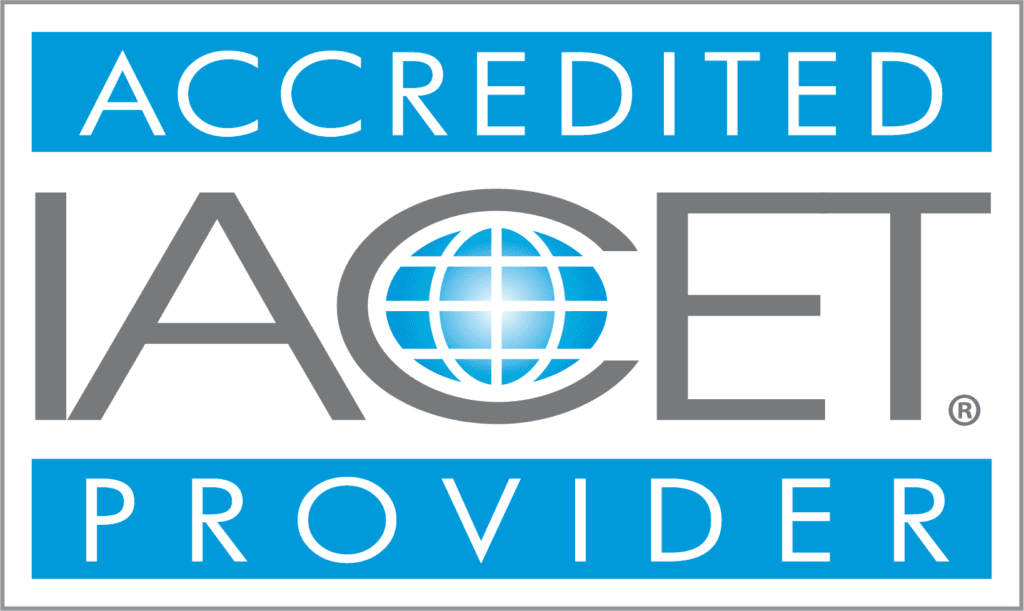What can preschool owners, teachers, and directors do to maintain a peaceful, well-behaved classroom? Well, that’s the million-dollar question. After all, preschoolers are still learning the skills they need to express their feelings and emotions constructively.
Combine low impulse control, boundless energy, plus high curiosity levels, and you have a recipe for chaos unless you implement these best practices for preschool behavior management.
Communicate Clear Expectations and Consequences
It’s best to develop preschool behavior rules and guidelines from the start. At the same time, you should communicate your expectations clearly to parents and children. Also, ensure that your discipline strategies are positive and age-appropriate.
So, for instance, you can set a rule that everyone should be kind and respectful but be ready to add a consequence, such as telling a child to apologize after hurting someone’s feelings.
Use Positive Reinforcement
Using positive reinforcement is one of the easiest ways to keep the young ones at their best behavior. Instead of focusing excessively on the bad things that kids do, why not keep an eye out for the precious things? You can use various methods to positively reinforce behaviors, including giving a hug or high five and offering praise.
Stimulate and Engage
When you keep little minds busy, this can help minimize disruptive behavior in the classroom. It’s essential to plan various activities and provide materials that offer the right level of stimulation and engagement. However, avoid overstimulation, which can be overwhelming, and trigger kids to act out.
Keep Things Consistent and Predictable
As preschoolers grow and learn more about the world around them, they cling to routines as this provides a sense of stability. Following a carefully planned schedule that incorporates familiar daily activities promotes good behavior since the kids know what’s expected. In addition, preparing your classroom for transitions helps prevent meltdowns from the kids getting caught off guard.
Keep Emotions Under Control
When a naughty child has done a very bad, bad thing, it’s more important than ever to keep a cool head. Sure, it can be frustrating sometimes, but the quickest way to turn the situation around is to remain calm, enthusiastic, and all smiles. Make it clear that you enjoy teaching your class. Children are intuitive enough to notice, and they will warm up to you and be motivated to make life easier for you.
Teach Kids How to Express Themselves Properly
Preschool professionals have the honored duty to teach the little ones how to manage their emotions and communicate their feelings. Circle time is an especially valuable tool that can be used to address behavior issues by talking about them and helping kids develop empathy and social skills.
Foster a Strong Home Connection
If you notice particularly bad behavior in your classroom, the key to dealing with it could be getting input from the family. Is there something you should know about the child’s preferences and pet peeves? This allows you to differentiate your behavior management approach since each child is unique.
Get the Tools to Manage Your Classroom Effectively
The little ones can be adorable little angels, but they often exhibit challenging behaviors in their learning journey. The fantastic news is it’s nothing you can’t handle if you focus on professional development that provides the right tools and training for effective preschool behavior management.At Impact Early Education, we know your work is never done. That’s why we provide valuable professional development courses for preschool teachers, directors, and owners in a way that works for you. To learn more, explore our courses or contact us today!

